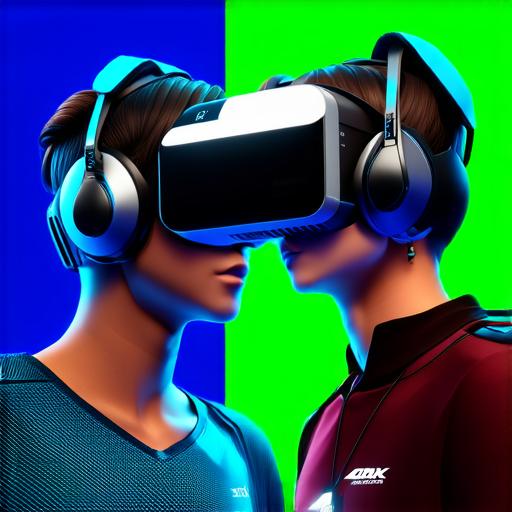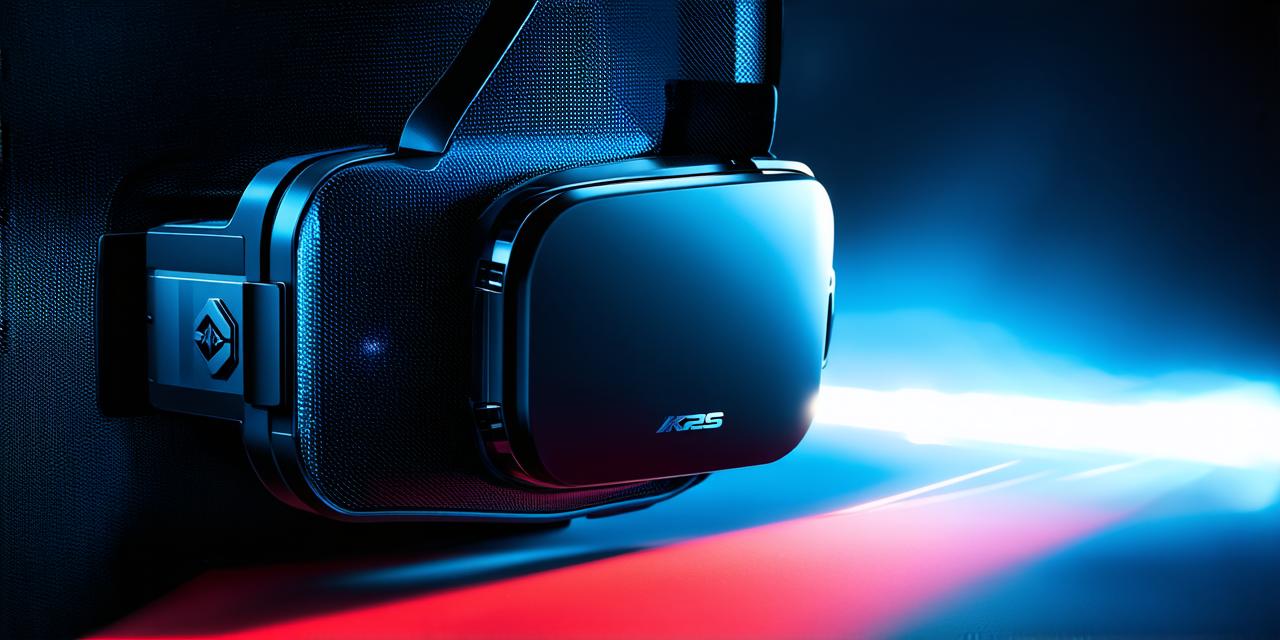Virtual reality (VR) is a rapidly growing technology that has the potential to revolutionize the way we train employees in various industries. VR training programs allow learners to experience realistic scenarios and practice their skills in a safe and controlled environment.
Defining Your Learning Objectives
Before you start developing your VR training program, it’s essential to define your learning objectives. What do you want your employees to learn or improve upon? Is the goal to increase job performance, reduce errors, or provide a better customer experience? By defining your learning objectives, you can ensure that your VR training program is tailored to meet your specific needs.
Selecting Your Target Audience
Once you have defined your learning objectives, it’s time to identify your target audience. Who will be using the VR training program? Will it be for new employees or experienced professionals? It’s important to consider the background and knowledge of your learners so that you can create a program that is appropriate for their skill level.

Choosing Your VR Platform
There are many VR platforms available on the market, each with its own strengths and weaknesses. Some popular platforms include Oculus, HTC Vive, and PlayStation VR. When selecting a platform, consider factors such as cost, ease of use, and support for your specific needs.
Designing Your VR Scenarios
The next step is to design your VR scenarios. These should be realistic and immersive, providing learners with a true-to-life experience. Consider including elements such as audio, visuals, and haptic feedback to enhance the learning experience. It’s also important to ensure that your scenarios are engaging and challenging, keeping learners motivated throughout the training program.
Developing Your VR Content
Once you have designed your VR scenarios, it’s time to develop the content. This may involve working with a team of developers or using pre-built assets. It’s important to ensure that your content is accurate and up-to-date, reflecting the latest industry standards and best practices.
Testing and Refining Your VR Training Program
Before launching your VR training program, it’s essential to test and refine it. This may involve conducting pilot tests with a small group of learners or gathering feedback from beta testers. Use this feedback to make improvements to your content and scenarios, ensuring that your VR training program is effective and engaging for your target audience.
Launching Your VR Training Program
When launching your VR training program, it’s important to provide learners with clear instructions on how to use the technology and access the content. You may also want to offer additional resources such as user guides or FAQs to help learners troubleshoot any issues that arise.
Summary
Developing a VR training program can be a complex process, but with the right approach, it can provide a highly effective way to train employees in your organization. By defining your learning objectives, selecting your target audience, choosing the right platform, designing immersive scenarios, developing accurate content, testing and refining your program, and launching it effectively, you can create a VR training program that meets the needs of your organization and helps employees achieve their full potential.
